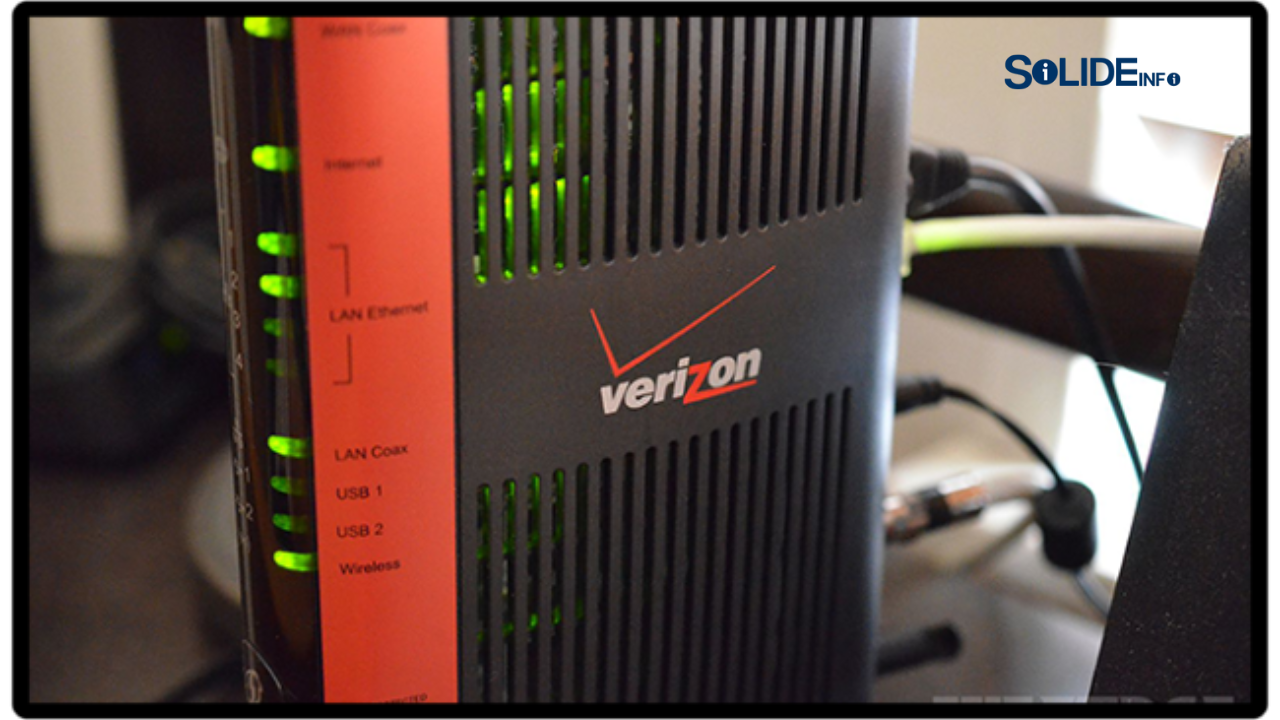In today’s fast-paced world, staying connected has become more important than ever. Whether it’s for work, entertainment, or just catching up with family and friends, the internet plays a central role in our daily lives. One of the most exciting technological advancements in recent years is the introduction of 5G, the fifth generation of mobile networks. But what exactly is 5G, and how does it compare to the LTE (Long-Term Evolution) networks that we’ve been using for some time now? Let’s take a closer look at the evolution of mobile networks and what this shift means for us.
What is LTE?
Before diving into 5G, it’s helpful to understand LTE, or Long-Term Evolution. Often called 4G LTE, this technology powers most of our current mobile networks and offers a noticeable improvement over its predecessor, 3G. LTE provided faster download speeds, smoother streaming, and better overall performance, enabling things like video calls, music streaming, and online gaming to become mainstream. For years, LTE has been the standard for mobile communication, supporting most of our mobile internet needs.
But LTE isn’t perfect, and as the world continues to demand faster and more reliable connectivity, it became clear that the next step was necessary. That’s where 5G comes in.
Enter 5G: The Next Big Leap
5G is more than just an upgrade to LTE—it’s a game-changer. This new generation of mobile networks promises speeds that are up to 100 times faster than LTE, dramatically reducing download times and making lag a thing of the past. With 5G, you can download a movie in a matter of seconds, something that would take minutes with LTE.
One of the most exciting aspects of 5G is its incredibly low latency. Latency is the delay between sending and receiving data, and with 5G, this time is cut down to just a few milliseconds. This makes 5G ideal for applications where real-time responses are crucial, such as online gaming, autonomous vehicles, and even remote surgery.
Beyond speed and latency, 5G also brings improved capacity. As more and more devices connect to the internet—everything from smartphones to smart fridges—having a network that can handle a huge number of devices simultaneously is essential. 5G has the ability to support far more devices than LTE, making it more suited to the growing “internet of things” (IoT).
5G NSA vs. 5G SA: What’s the Difference?

As 5G continues to roll out, you may come across the terms 5G NSA and 5G SA. These refer to different stages in the deployment of 5G networks and how they function.
5G NSA (Non-Standalone) is the first phase of 5G rollout. It uses existing LTE infrastructure to deliver some of the benefits of 5G, like faster speeds and lower latency. However, it still relies on LTE for certain functions. Essentially, 5G NSA is a bridge between the old and new technologies, giving users an early taste of 5G capabilities without the need for a complete overhaul of the network.
On the other hand, 5G SA (Standalone) represents the full 5G experience. With 5G SA, the network operates independently of LTE, using a new core network called 5GC (5G Core). This allows for even faster speeds, ultra-low latency, and a host of advanced features, such as network slicing. With 5G SA, the network can be customized to meet the needs of different users, whether it’s for ultra-reliable communications or massive IoT deployments.
How 5G Will Transform Our Daily Lives
The impact of 5G goes beyond just faster internet. It has the potential to transform how we interact with the world around us in some really exciting ways.
One of the biggest changes will be the improvement of mobile broadband. With 5G, streaming high-definition video, playing high-quality games, and using augmented reality (AR) will all become smoother and more immersive. 5G’s low latency also makes it ideal for industries like telemedicine, where immediate responses are crucial for remote surgery or consultations.
Another area where 5G will have a big impact is the Internet of Things (IoT). As more devices—from smart homes to connected cars—become part of our daily lives, the ability to connect and manage all these devices seamlessly becomes increasingly important. 5G can handle the massive number of IoT devices that are expected to become part of the connected world, creating new opportunities for innovation.
Finally, 5G will play a key role in developing smart cities. By enabling real-time data sharing and improving the efficiency of infrastructure, 5G can help optimize traffic management, improve energy usage, and even enhance public safety. The potential for 5G to make cities smarter and more efficient is immense.
Looking Ahead: The Future of Mobile Networks
The shift from LTE to 5G represents a huge leap forward in how we connect to the internet and interact with technology. As more areas around the world roll out 5G networks, the potential for new innovations will continue to grow. Whether it’s through 5G NSA or 5G SA, the future of mobile networks promises faster speeds, more reliable connections, and exciting new possibilities. From everyday activities to groundbreaking technological advancements, 5G is set to change the way we live and work.
So, next time you hear about 5G, you’ll know it’s not just about faster internet—it’s about transforming the very way we connect and experience the digital world.
Learn about more technologies like Blockchain from our WEB3.0 category.
This article is for informational purposes only and should not be considered professional advice.



